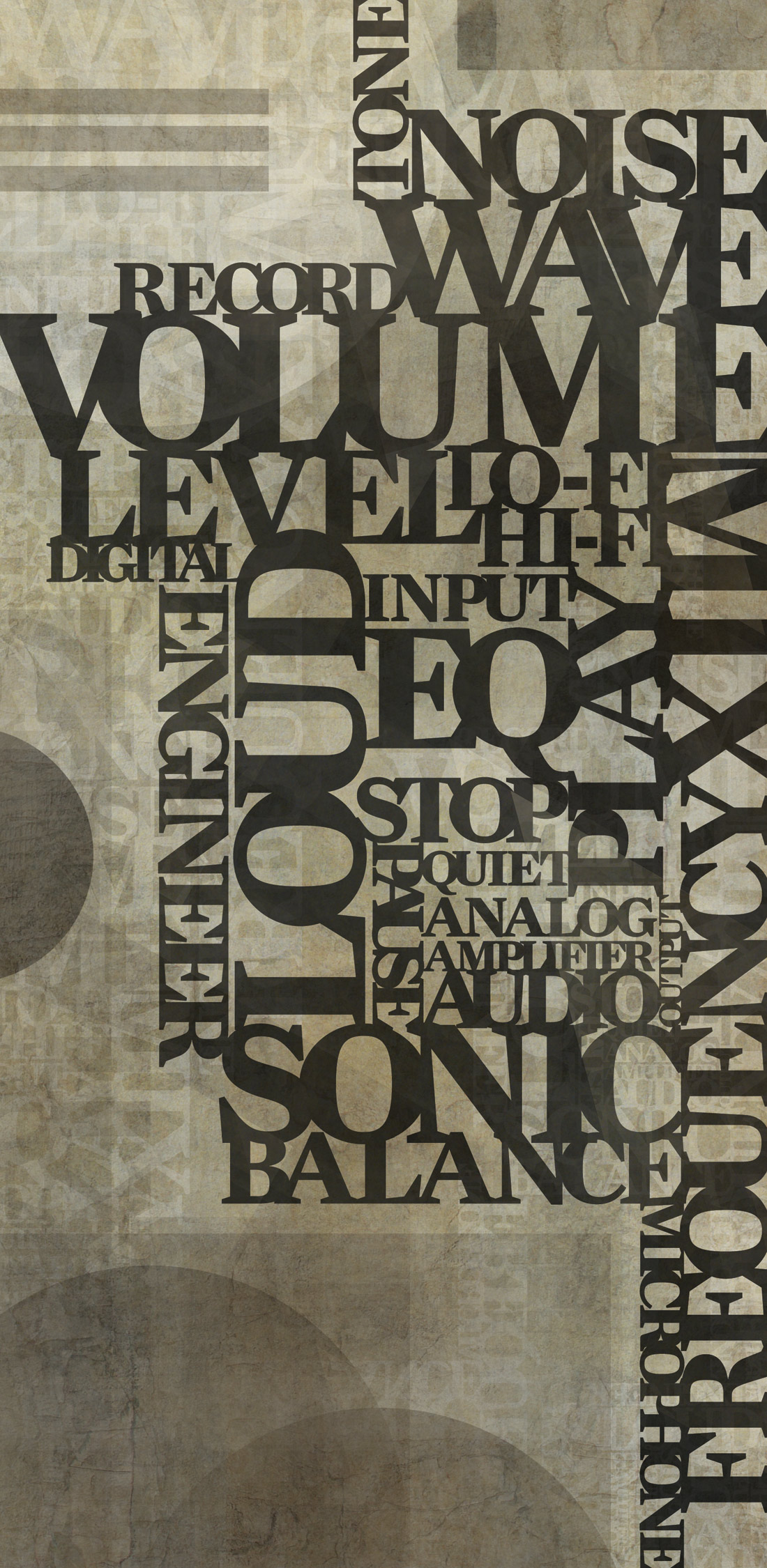Shure's new SM27 replaces the KSM27 (the "Dixie Chicks mic"), but it isn't just a clone with a new color and new name. Nope, this charcoal grey microphone has a much better self-noise figure than the Champagne version, rated at a very low 9.5 dBA (anything below 15 dBA is good) and a signal-to-noise ratio of 84 dB, compared to the old KSM27's specs of 14 dBA and 80 dB. Of course, none of this would be worth anything if the sound wasn't high quality, and I'm happy to say that both you and the Dixie Chicks-who often use the KSM27 for their live performances-will be happy to know that this new 27 version captures vocals just as vibrantly and clearly as the old version did. When I got the SM27 to test, I decided to use it in a recording for a tribute album to the late, great Daniel Bull, an Austin singer-songwriter who died tragically in a motorcycle crash a few years ago. I thought his "The Happy Song" would sound good with layered vocals and harmonies in an in-the-face, African-chant style, so I decided to use the SM27 for background vocals then go in later with my Sanken CU-41 and redo the lead. The SM27 gave me exactly what I wanted on vox-so well in fact that I didn't see any need to re-record the lead. It gets you a crisp, present sound, and while I've always thought of the former KSM27 as a mic suited for female vocals, it works just fine on my baritone-to-tenor range. For kicks, I tried running acoustic guitar through the SM27, and while it would never be my first choice in that application, it got me a sound from my Collings C10 that I could use in a mix (and did). A few days later, I called in one of my favorite female vocalists to test the mic to make sure it worked as well on her as the KSM27 had. To make it interesting, I also set up an AKG C 414 TL II and a Sanken CU-41. We recorded two 30-second ditties with each mic-one an upbeat tune, the other a ballad-and as expected, she sounded great on all three mics. When we finished, I scrambled the tracks and burned them to a CD. We listened to them blindly on my home stereo and collectively picked the Sanken as our favorite for the ballad, but the SM27 as the best sound for the up-tempo song. A few days later, I scrambled the three sound files again and had her download them from the Internet. Listening to them on her home stereo, she picked the AKG for the ballad this time and the SM27 once again for the up-tempo song. The only critique she had of the mic was the physical color; she preferred the Champagne of the KSM27, probably because it offered some contrast to the black Auralex in my studio. Like the KSM27, the new mic is a cardioid-only pattern, runs on 48V phantom power, and has a three-position switch for high-pass and 15 dB pad. I don't know why Shure decided to call this mic the SM27 as opposed to the KSM27b, although it might be to emphasize its use as a live performance mic; the steel-encased microphone is more than sturdy enough for stage use. If you're a young guy starting out and need one solid mic in the $300-or-under range, this should be on your short list, but I'd also recommend it as a handy all-around vocal mic for anyone at any level, especially if you're looking for something present, edgy, but never brittle. Shure calls the SM27 a multi-purpose condenser microphone, and that's a label that works for me.
Along with the SM27, I had the opportunity to try the SM137, which is a rebranded KSM109. Like the SM27, the color also switched from Champagne to charcoal grey, but unlike the other model, it switched names drastically. What makes the SM137 name troublesome is that it's very close to another popular model, the KSM137, which is basically a cardioid version of the omni/cardioid patterned KSM141. So now there's a KSM137 and an SM137, and my eyes hurt.
Otherwise, it's real easy to evaluate the SM137; if you liked the KSM109, you'll like this-since it's essentially the same mic. Again, the SM moniker stresses its use as a live performance mic, but unfortunately, my PA system doesn't include phantom power, so I wasn't able to test it live. I did give it a go in the studio however, and while a lot of people love this mic, it's not for me. I found it a little thin overall and fizzy in the high end. My advice is to save your money and get the killer-sounding KSM137 instead. So I'm saying yes to the SM27 and no to the SM137, but like I said in the beginning, if you already like the KSM109, then you'll like the SM137 as well. (SM27 $299 street, SM137 $179; www.shure.com)
Tape Op is a bi-monthly magazine devoted to the art of record making.




_disp_horizontal_bw.jpg)